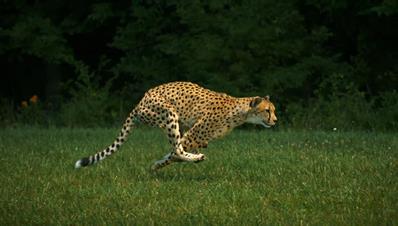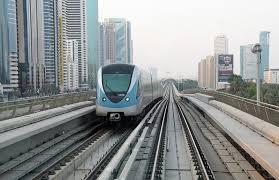PDF chapter test TRY NOW
Let us see few examples to understand the application of the three equations of motion.
1. Practical problem using the first equation of motion:
A car cruise down an expressway at 22 m/s. Engineers are designing an off-ramp in an interchange with a deceleration of −3 m/s² that lasts 3 s. Then, what would be the velocity of cars at the end of the off-ramp?
Important!
A ramp, also known as an inclined plane, is a flat supporting surface tilted at an angle with one end angle is higher. It is mostly used as an aid for raising or lowering a road.
Given:
Initial velocity of car, u = 22 m/s
Acceleration of the car, a = −3 m/s²
Time, t = 3 s
To find the final velocity of the car, we can use the first equation of motion, .
Substituting the known values,
Therefore, the car has a velocity of 13 m/s at the end of the off-ramp.
2. Practical problem using the second equation of motion:
Consider a cheetah starts from rest and accelerate uniformly at 5 m/s² for 250 m. Find out the time it takes to cover this distance.

Given:
Since it starts from the rest, the initial velocity of cheetah, u = 0 m/s
Acceleration of the cheetah, a = 5 m/s²
Displacement, s = 250 m
To find the time to cover this distance, we can use the second equation of motion, .
Since the displacement is given and we do not have the velocity of the cheetah, we cannot use the first equation of motion.
Substituting the known values,
Therefore, cheetah will cover 250 m in 10 s if it accelerates uniformly at 5 m/s².
3. Practical problem using the third equation of motion:
A 10 car metro train is at rest in a station. It reaches its cruising speed after accelerating at 3 m/s² for a distance equivalent to the length of the station 150 m. It then travels at a constant speed towards the next station 20 blocks away for (1325\ m). In such a case, determine the train's cruising velocity.

Given:
The train starts from the rest, so the initial velocity of train u = 0 m/s.
Acceleration of the train, a = 3 m/s²
Displacement of the train (length of the station), s = 250 m
To find the velocity of the train, we can use the third equation of motion, .
Substituting the known values,
Therefore, the train's velocity is 30 m/s.
